Have you looked for a microphone to record your podcast? Yikes. There are a LOT of mics out there. Let’s break down the types and then we’ll look at some options that are best (and inexpensive) for podcasting.
There are two main types of microphones: dynamic and condenser.
- Dynamic microphones are often used for live performances and other high-volume applications. They have a simple design and are relatively rugged, making them ideal for use in harsh environments. They use a magnetic field to convert sound into an electrical signal.
- Condenser microphones are often used for recording studios and other professional applications. They have a more delicate design, but they offer higher sensitivity and better frequency response than dynamic microphones. They require phantom power, which can be supplied by a mixer or an external power supply, to operate.
Additionally, there are also several subtypes of microphones based on their polar pattern, including:
- Omnidirectional microphones, which capture sound from all directions.
- Cardioid microphones, which capture sound primarily from the front of the microphone.
- Bidirectional microphones, which capture sound from the front and rear of the microphone.
- Shotgun microphones, which are often used in film and television production to capture sound from a specific direction while rejecting sounds from other directions.
Each type of microphone has its own unique strengths and weaknesses, and the right microphone for a particular application will depend on the specific needs of the user.
Great…but…what mics do I consider for a regular podcaster?
The first microphone to consider for podcasting is the Shure SM7B. This dynamic microphone is a staple in radio and podcasting studios, and for good reason. It has a warm, clear sound and is built to last. The SM7B has excellent noise rejection, making it ideal for podcasting in noisy environments.
Another great option is the Rode NT1-A. This condenser microphone is known for its affordability and high-quality sound. It is a versatile microphone that is well suited for podcasting, voice-over work, and recording acoustic instruments. The NT1-A has a flat frequency response and a low self-noise, making it ideal for capturing natural-sounding audio.
The Audio-Technica AT2020 is another popular choice for podcasting. This condenser microphone is compact and lightweight, making it easy to transport. The AT2020 delivers clear, accurate audio with a smooth, natural frequency response. It is an excellent choice for podcasters who want high-quality sound without breaking the bank.
The Heil PR-40 is a dynamic microphone that is well-suited for podcasting. It has a warm, natural sound that is ideal for capturing the human voice. The PR-40 is also built to last, making it a great investment for podcasters who plan to use it for years to come. It has a large diaphragm and a frequency response that is well-suited for voice work.
The Blue Yeti is a USB microphone that is popular among podcasters. This versatile microphone is easy to set up and use, making it a great choice for beginners. The Yeti has four different polar patterns, making it ideal for a variety of recording scenarios. It also has built-in headphone amplification, making it easy to monitor your audio in real-time.
Lastly, the Samson Meteor Mic is another great option for podcasting. This compact USB microphone is perfect for podcasters who are on the go. Despite its small size, it delivers high-quality audio with a smooth, natural frequency response. The Meteor Mic is also easy to set up and use, making it a great choice for beginners. Additionally, it has a built-in headphone jack for monitoring your audio, as well as a mute button for when you need to pause your recording.

